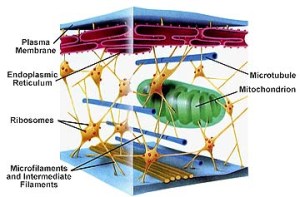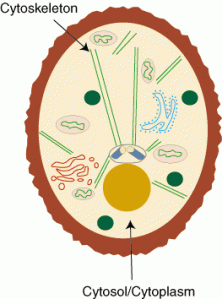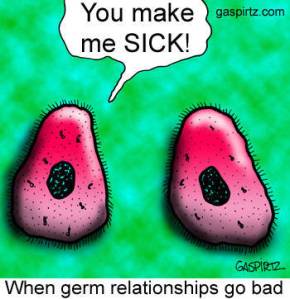Hello! So countinuing on the topic of cell ( which i clearly forgot).( I can not believe that i forgot something as important as this!) Anyway enough regrets and more blogging.
So something else that I learned over the cell topic was the a new organelle; the cytoskeleton. For years in school I have been hearing persons refer to cytoskeleton, cytoplasm and the cytosol, but honestly I thought that they were all the same thing and just fancy names for the same thing. TODAY I SHALL BECOME A WOMAN AND CORRECT MY MISTAKE.
So the cytoskeleton is like the backbone of the cell. It is made up of microtubeles or microfilaments thats give a eukaryotic cell a characteristic shape. The cytoskeleton also transports organelles from one part of the cell to another.

The cytoplasm is the protoplasm within the living cell. The cytoplasm comprises of the gel like substance in the cell and the organelles present in the cell. Some scientist also say that the cytoplasm refers to the gel like substance in a cell and each organelle except the nucleus.

The cytosol is simple the aqueous component of the cell. It is referred to as the intracellular fluid or cytoplasmic matrix.

So I hope that I have made this very clear. I finally get to sleep at night and assure myself that I no longer confuse the terms.

